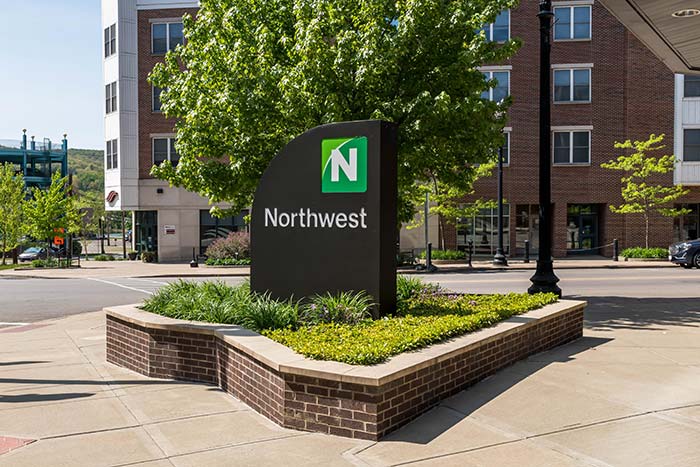Northwest Bancshares (Nasdaq: NWBI) has been around since the Grover Cleveland administration, having been founded back in 1896. The bank has 139 branches and drive-through centers in Pennsylvania, Ohio, Indiana, and New York.
Its stock, a small cap with a $1.7 billion market cap, sports a juicy 6% yield.
For banks, our measure of cash flow is net interest income – the difference between the income earned by lending money and the cost to borrow the funds that are lent out.
Northwest Bancshares has been steadily growing its net interest income for years. It generated $361 million in net interest income in 2020, $391 million in 2021, $421 million the following year, and $436 million last year. This year, the company is forecast to bring in $450 million in net interest income.
In the meantime, it paid out only $102 million in dividends last year for a payout ratio of just 23%. It is expected to maintain the same payout ratio this year.
Northwest Bancshares has paid a dividend since 2010, and it raised the payout every year from 2011 through 2021. It also paid a total of three special dividends from 2012 to 2014, including a big $1 per share payout in 2014.
Given that the company is paying out only $0.23 in dividends for every dollar of net interest income, Northwest Bancshares could easily afford to raise the dividend again.
With a very low payout ratio and a strong track record of paying dividends with no reductions, there is absolutely no reason to think a dividend cut is on the horizon. In fact, if anything, management should be considering a dividend raise.
This 6% yield is very safe.
Dividend Safety Rating: A

What stock’s dividend safety would you like me to analyze next? Leave the ticker in the comments section.
You can also take a look to see whether we’ve written about your favorite stock recently. Just click on the word “Search” at the top right part of the Wealthy Retirement homepage, type in the company name and hit “Enter.”
Also, keep in mind that Safety Net can analyze only individual stocks, not exchange-traded funds, mutual funds or closed-end funds.

